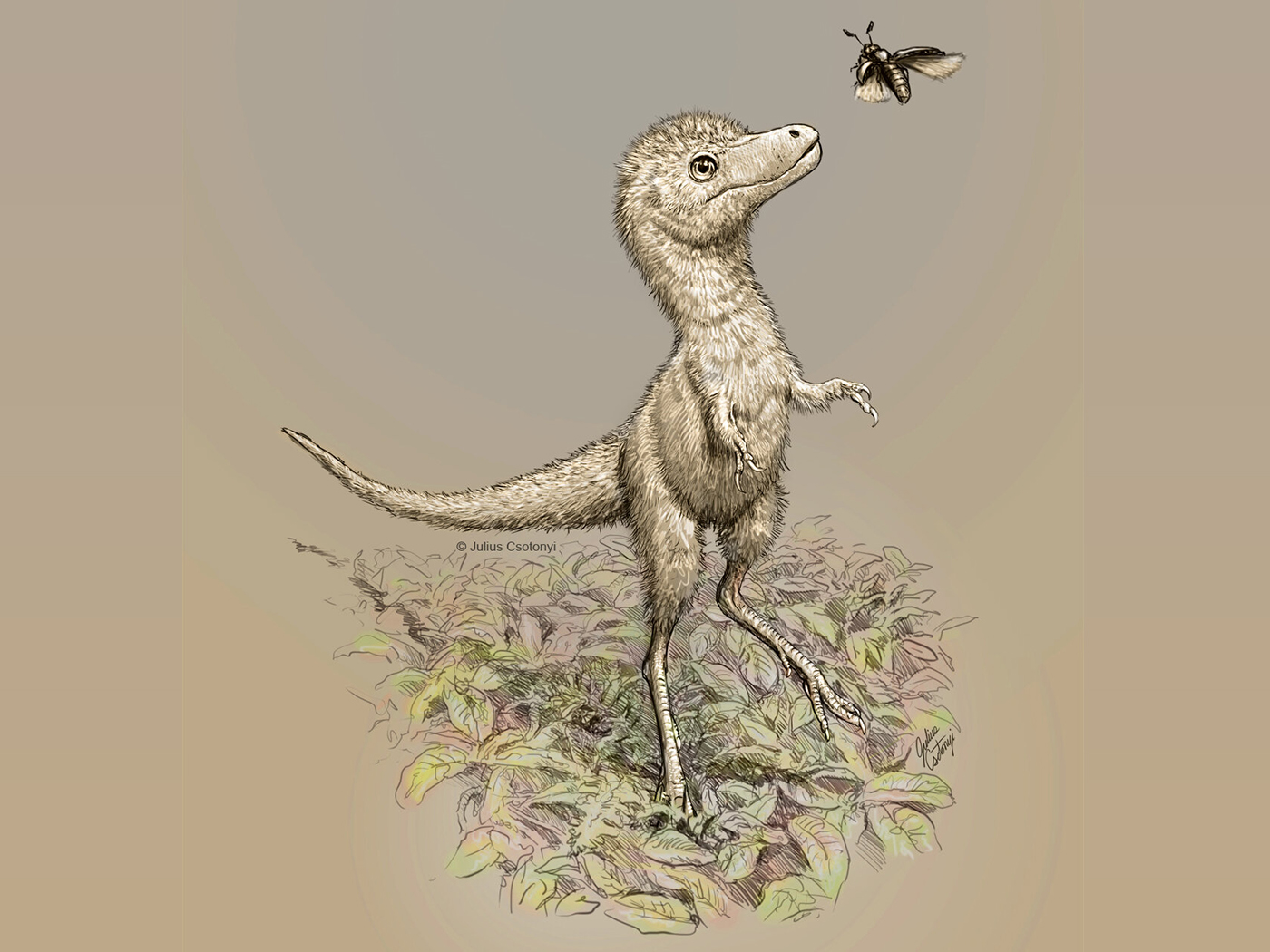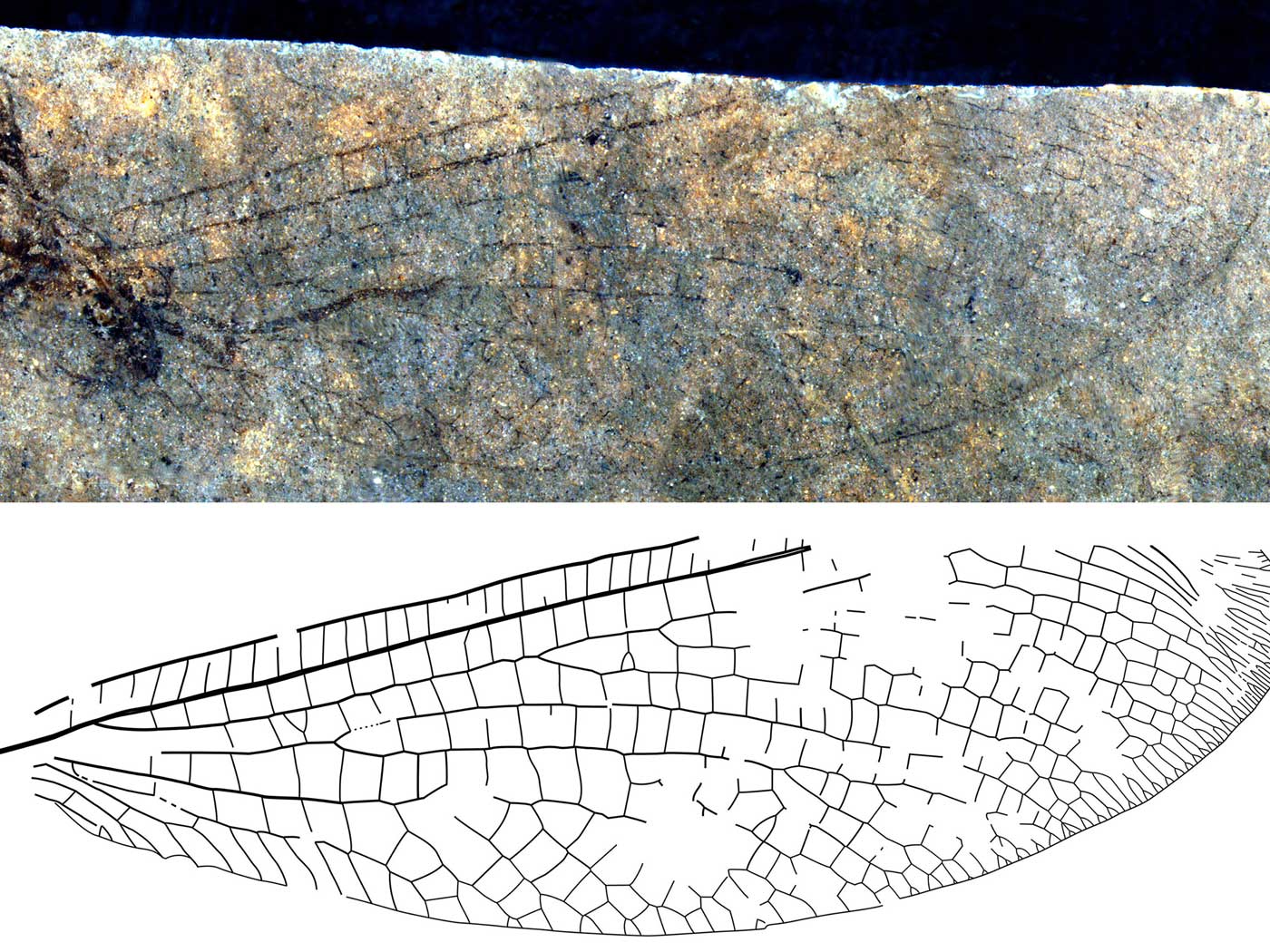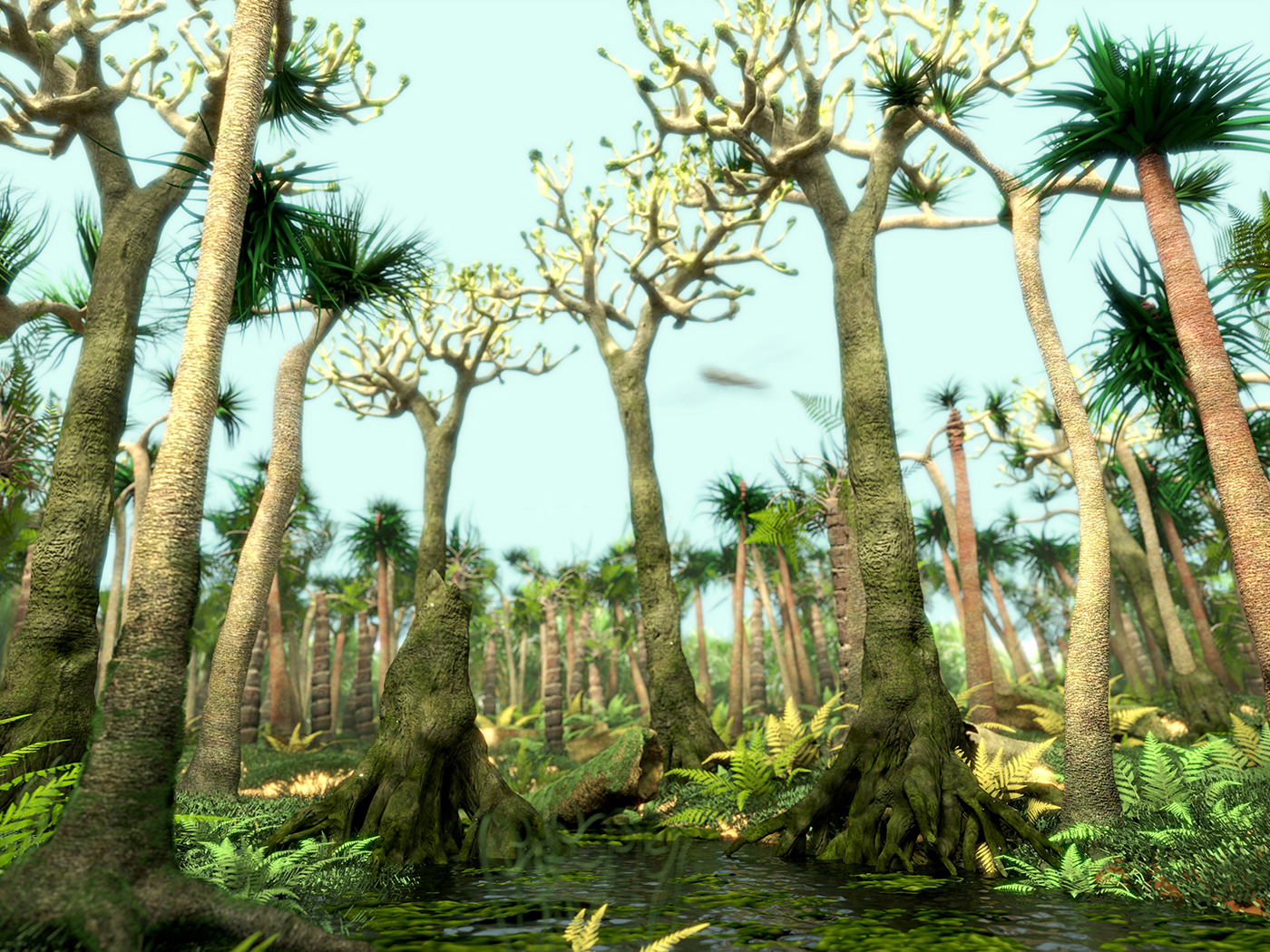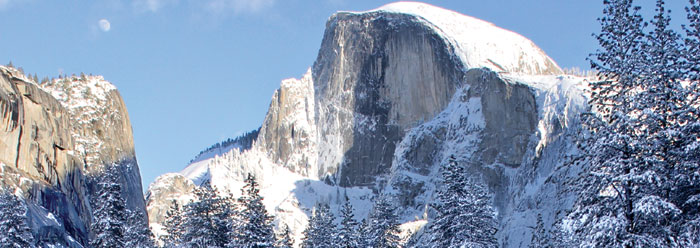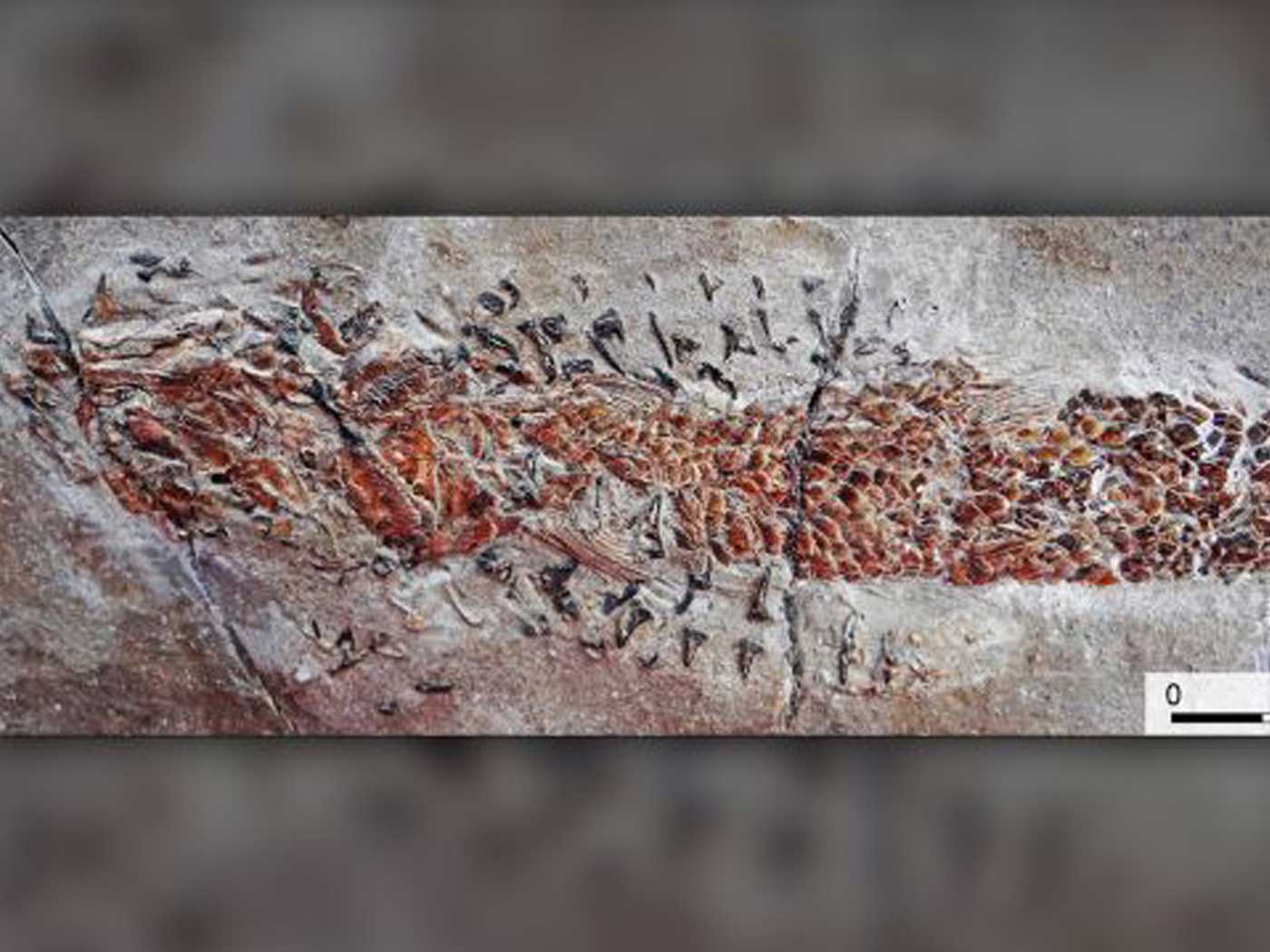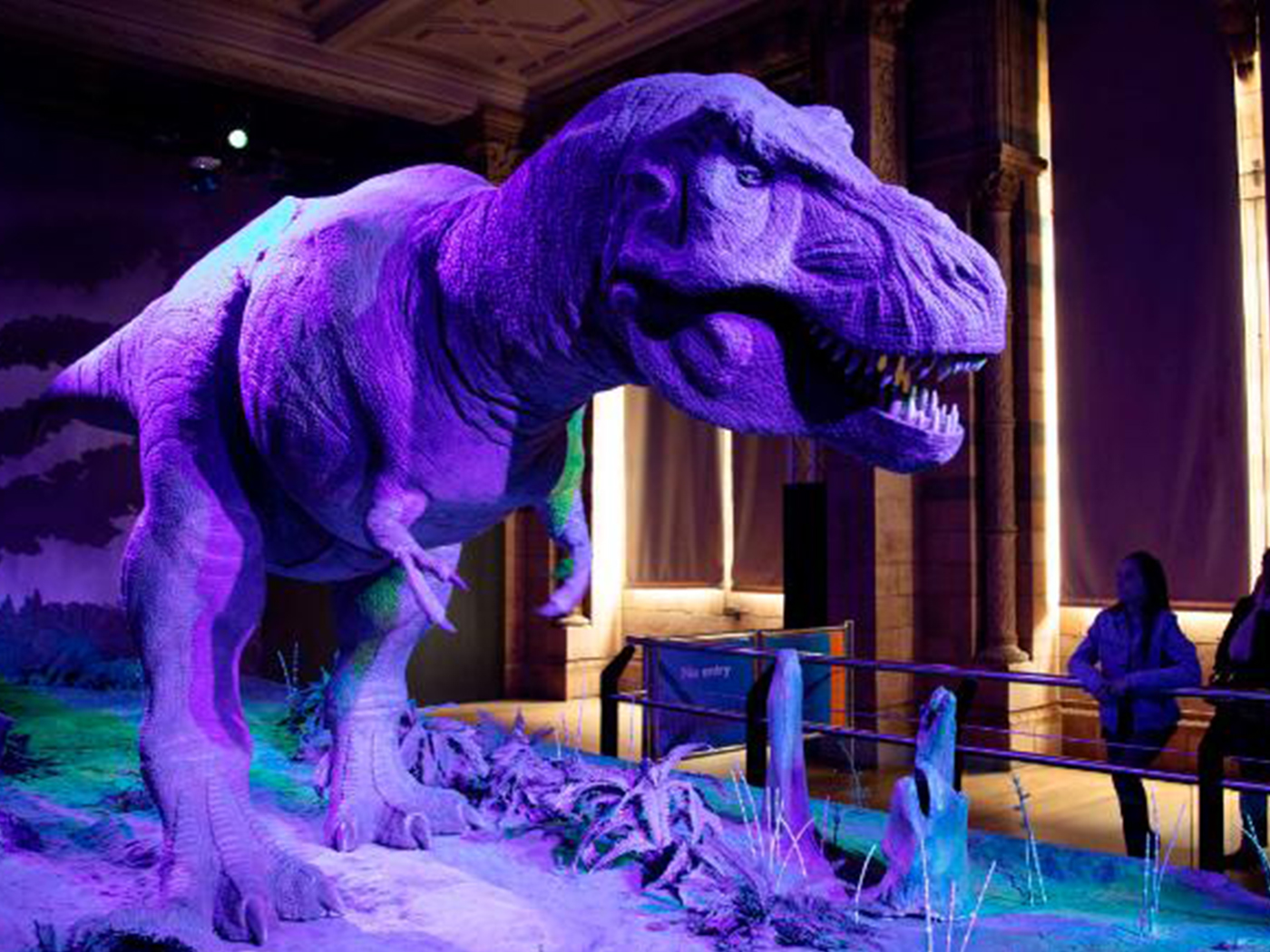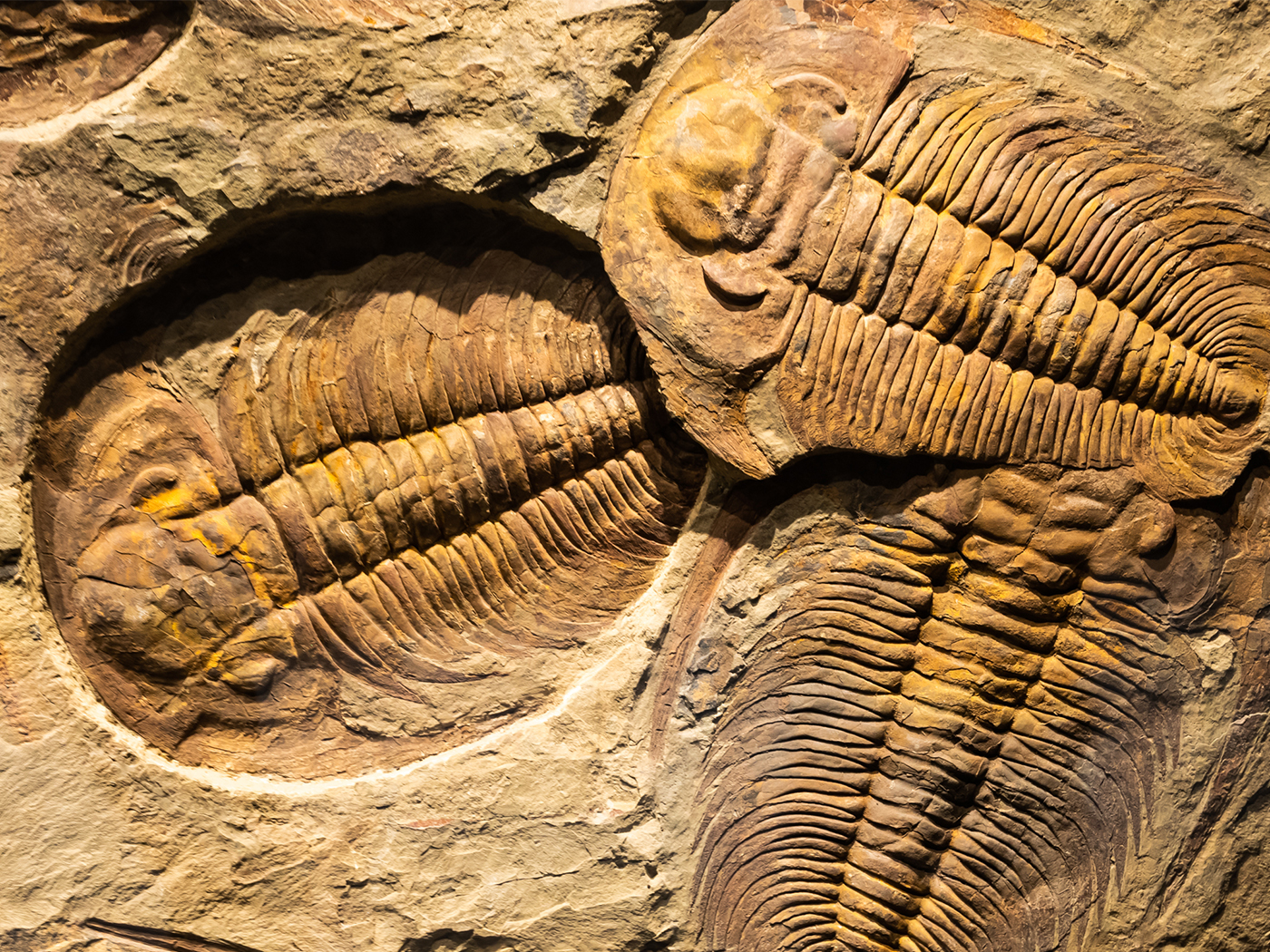Scientists have sequenced small amounts of DNA from the teeth of two Siberian mammoths said to have lived more than a million years ago.1,2 The discovery has set an official record for the oldest DNA ever recovered, and it also raises a number of questions relevant to the creation-evolution controversy.
Can DNA survive longer than a million years? Creationists have pointed out that original proteins found in dinosaur remains are a powerful argument for a young Earth, as experiments show that proteins cannot survive even a million years at the temperatures in situ dinosaur fossils are exposed to, let alone the 66 million years since dinosaurs supposedly went extinct.3
DNA decays even more rapidly than proteins. However, colder temperatures (like temperatures in the Siberian permafrost) would lengthen the possible survival times of DNA segments. Hence, survival of million-year-old mammoth DNA might barely be possible, according to DNA decay measurements in the field.4
But that raises another question. Is this mammoth DNA really the oldest ever recovered? Some secular scientists have repeatedly reported finding possible DNA in dinosaur fossils.5-6 As you can imagine, most evolutionary scientists reject such claims out of hand.7 Finding proteins in dinosaur bones is bad enough for the evolutionary story, but finding dino DNA is intolerable!
Although it may be possible for cold temperatures to preserve segments of DNA for one million years, mammoths defy long-age expectations in other ways. A great mystery of Earth history is how millions of woolly mammoths thrived in Siberia during the Ice Age. Siberian winters are brutally cold, with typical lows of 40 degrees below zero, but annual mammoth migrations to warmer latitudes would have been impractical.8 How could the mammoth—even with its wooly insulation—have guarded against such brutally cold temperatures?
The Genesis Flood provides an indirect but responsible answer that starts by explaining the Ice Age in general. Rapid seafloor spreading greatly warmed the world’s oceans, including the northern Pacific and Arctic oceans.9 This dramatically increased evaporation, putting enormous amounts of moisture into the atmosphere. This moisture fell as ice and snow at higher latitudes and elevations, triggering the Ice Age.
How does this apply to mammoths? Warm Arctic and northern Pacific Oceans moderated the Siberian climate, much in the same way that today’s warm moist air from the Pacific Ocean helps moderate the climate of Washington’s Pacific coast despite its high latitude. Winters in Siberia were still cold, but not nearly as cold as they are today, enabling large numbers of mammoths to live in Ice Age Siberia.
So why can’t uniformitarian scientists use warmer oceans to solve this Ice Age mystery? First, only a cataclysmic event like the Genesis Flood could provide the enormous energy required to significantly warm the world’s oceans. Second, uniformitarians claim woolly mammoths evolved at least 700 thousand years ago,10 but they also claim Arctic sea ice has been present for at least the last hundred thousand years.11 Colder temperatures and Arctic sea ice would cut off any possible moderating effect of the northern oceans.12 Hence, uniformitarians are forced to conclude that woolly mammoths somehow endured many thousands of incredibly cold winters before going extinct!
Denial of the Genesis Flood and insistence on millions of years keeps them from finding the best answers.
The Bible’s short timeline makes much better sense of preserved proteins, preserved DNA, and the presence of woolly mammoths in Ice Age Siberia. Rather than an embarrassment for which Christians should sheepishly apologize, the Bible’s short timescale is the key to making sense of Earth history!
References
1. van der Valk, T. et al. 2021. Million-year-old DNA sheds light on the genomic history of mammoths. Nature.
2. First million-year-old DNA extracted from Siberian mammoth teeth. NewScientist. Posted on newscientist.com February 17, 2021, accessed February 22, 2021.
3. Buckley, M. et al. 2011. Collagen survival and its use for species identification in Holocene-lower Pleistocene bone fragments from British archaeological and paleontological sites. Antiqua 1 (1).
4. Allentoft, M. E. et al. 2012. The half-life of DNA in bone: measuring decay kinetics in 158 dated fossils. Proceedings of the Royal Society B. 279 (1748).
5. Thomas, B. 2012. Did Scientists Find T. Rex DNA? Creation Science Update. Posted on ICR.org November 7, 2012, accessed February 22, 2021.
6. Thomas, B. 2020. Dinosaur DNA Confronts Big Ideas. Creation Science Update. Posted on ICR.org March 12, 2020, accessed February 22, 2021.
7. Johnson, J. J. S., J. Tomkins, and B. Thomas. 2009. Dinosaur DNA Research: Is the tale wagging the evidence? Acts & Facts. 38 (10): 4-6.
8. Oard, M. J. 2006. Frozen in Time. Green Forest, AR: Master Books, 23–31. For instance, long mammoth gestation times would have made annual migrations problematic, as would melting of Siberian permafrost in summer.
9. Clarey, T. 2016. Embracing Catastrophic Plate Tectonics. Acts & Facts. 45 (5): 8-11.
10. World’s oldest DNA reveals how mammoths evolved. Phys.org. Posted February 17, 2021 on phys.org, accessed February 22, 2021.
11. Johnston, I. 2016. Arctic could become ice-free for first time in more than 100,000 years, claims leading scientist. The Independent. Posted on independent.co.uk June 4, 2016, accessed February 22, 2021.
12. Creationists think Arctic sea ice did not form until the deglaciation phase of the Ice Age. See Oard, Frozen in Time, 140-143.
*Dr. Jake Hebert is Research Associate at the Institute for Creation Research and earned his Ph.D. in physics from the University of Texas at Dallas.
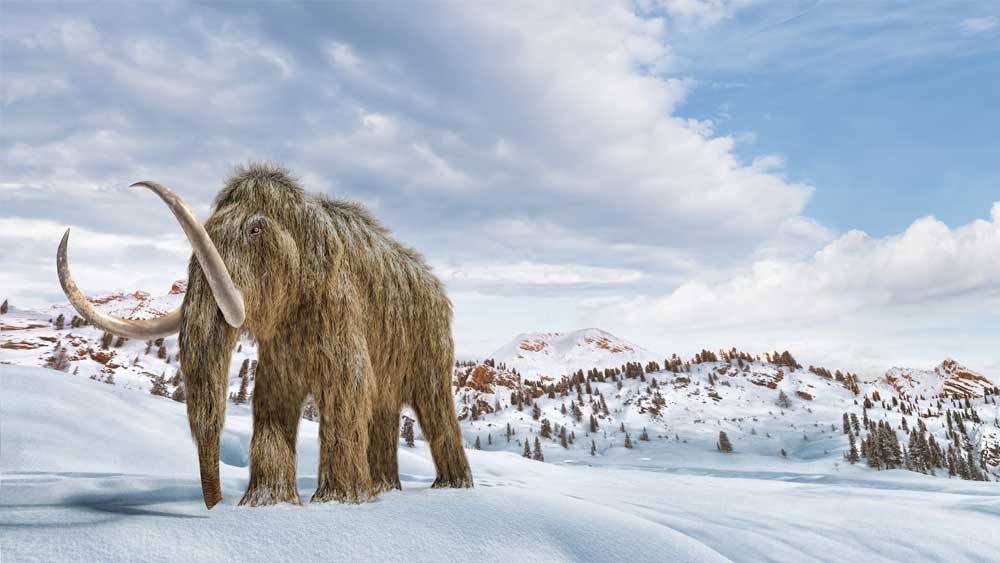
Mammoth DNA: The Oldest Ever Found?
The Latest
Was a Key to Photosynthesis Evolution Discovered?
Northern Canadian lakes were the source of recently discovered unique photosynthetic bacteria of the phylum Chloroflexota. After years of culturing,...
CREATION PODCAST
Four Moons That Indicate a Young Universe | The Creation Podcast:...
Earth has one moon, but Jupiter has many! What can we learn from our celestial neighbor's satellites? Do they indicate youth?
Host...
Creation Kids: Seeds and Sprouts
by Renée Dusseau and Susan Windsor*
You're never too young to be a creation scientist and explore our Creator's world. Kids, discover...
APOLOGETICS
Christ’s Creativity in Canyon Critters
Grand Canyon animals display many marvelous traits and behaviors as they live life in that harsh habitat. These canyon creatures succeed thanks to the...
Standing Against False Science
I’m Michael Stamp, and I’m in my 12th year as an editor at the Institute for Creation Research. It’s always an encouragement to see...
Oysters and Pre-Flood Longevity
The oyster species Crassostrea virginica, also known as the eastern oyster, is a prized seafood. Research has demonstrated that a fossil version of...
Galápagos Finches: A Case Study in Evolution or Adaptive Engineering?
A group of birds known as Darwin’s finches live in the Galápagos Islands, which are located in the Pacific Ocean 600 miles west of Ecuador....
Hot Springs National Park: Hydrothermal Springs Formed By The...
Hot Springs National Park is located about an hour southwest of Little Rock in the folded Ouachita Mountains of central Arkansas. It is the second smallest...
Why Biology Needs A Theory of Biological Design—Part 2
“Based on a true story” is included by movie producers to add authenticity, importance, and a flair of anticipation. So, my account of how...
Marine Fossil Tapeworm Is Still a Tapeworm
The Flood was both sudden and rapid. The burial of creatures—including delicate plants and soft-bodied animals like jellyfish1—occasionally...




